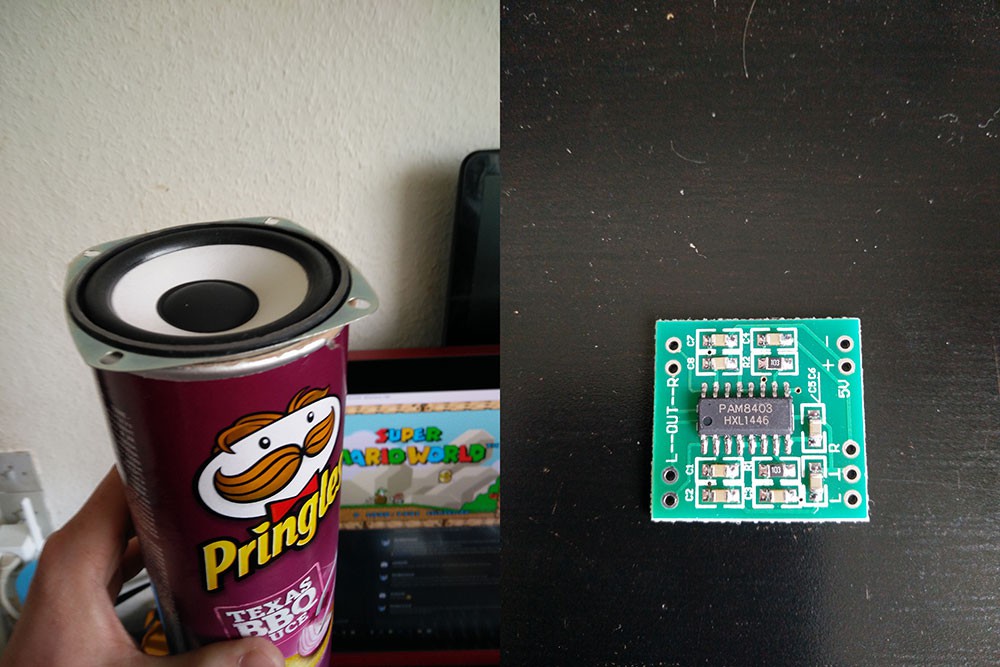If you have ever in a film theatre constructed in the 1950s, chance is they probably still use the legendary Voice of the Theatre speakers, maybe with some tweeter replacement. These speakers were made by Altec Lansing engineers and delivered unsurpassed efficiency, voice articulation and time alignment and have a very characteristic sound signature. The fact that these systems were entirely equalised by ear didn't remove anything from the enjoyment of the listeners.
The analog audio output of the Raspberry Pis has a bad reputation. Similar to the cinema professionals of the 1950s, we don't have expensive sound measurement equipment. As such, we will try everything possible to get the best sound quality with our ears. Our subjective benchmark will be: it must sound good. The speaker will probably be a CDM-20008 for his flat low-frequency response (good bass) but it would be better if someone could buy a couple of them and compare them next to each other.
To further improve the low-end extension (bass), @poulsen93 is currently making tests with a Helmholtz resonator (a can of Pringles) that you can see on the photo on the left.
We are testing the amplifier on the photo on the right but we need help for noise hiss reduction as we can currently hear when the Pi is making complicated calculations or not. Don't hesitate to drop on the Discord Chat if you have some useful advice.
-David

Discussions
Become a Hackaday.io Member
Create an account to leave a comment. Already have an account? Log In.
Not directly related, but Next Thing Co. just released a tutorial for adding a speaker using the same amplifier to their (soon to be released) PocketCHIP.
http://blog.nextthing.co/add-a-speaker-to-pocketc-h-i-p-in-less-than-20-minutes/
Are you sure? yes | no
Nice update! I have absolutely no experience with audio circuits. If I understand correctly, the PAM8403 is only an audio amplifier, not a DAC. Are you generating the audio directly using pwm?
Are you sure? yes | no
Yes, the audio is generated with a digital PWM signal as that uses only one GPIO and the default frequency of 19.2 MHz should be enough. We are currently tweaking the low-pass filter (which makes some sort of digital to analog conversion) to see what would sound best without too much attenuating the high frequencies. This analog output will then be amplified with some chip from PAM.
Are you sure? yes | no